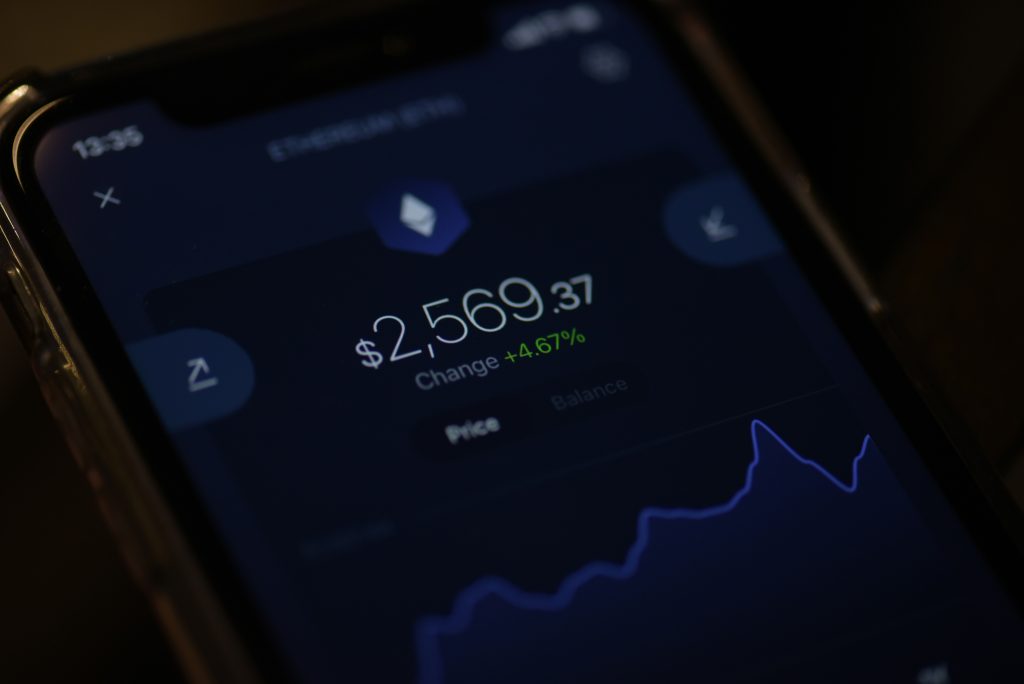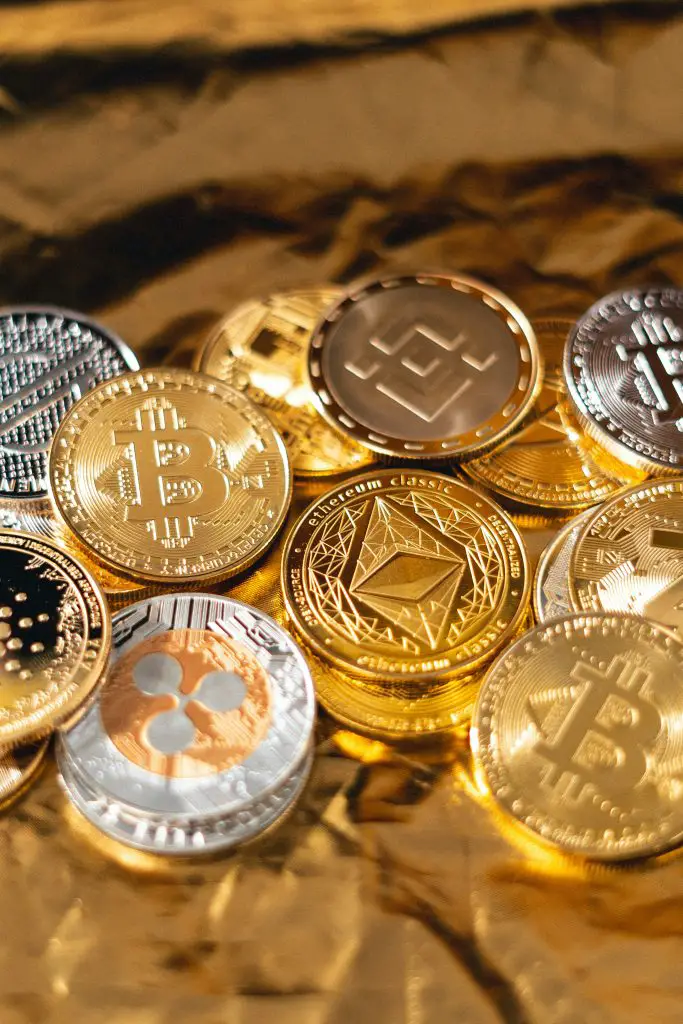Table of Contents
Introduction to Cryptocurrency Storage
Cryptocurrency has revolutionized the way we think about finance and investment. But with this digital asset’s increasing popularity comes the critical question: how do you store crypto securely? Understanding the importance of secure storage is essential for anyone involved in the crypto space.
Types of Crypto Storage
There are mainly two types of crypto storage: hot wallets and cold wallets. Each serves a different purpose and comes with its own set of security features.
Hot Wallets Explained
Hot wallets are online wallets that offer convenience and quick access to your cryptocurrencies. They are connected to the internet, making them more vulnerable to online threats. We’ll delve into what hot wallets are, their pros and cons, and some popular options available in the market.
Cold Wallets Unveiled
In contrast, cold wallets are offline storage solutions. They are considered the most secure way to store cryptocurrencies as they reduce the risks associated with online storage. This section will explain cold wallets in detail, discuss their benefits, and introduce some trusted brands.
Security Risks and Threats
Storing cryptocurrencies isn’t without risks. This section will cover the common threats in the crypto world, including how to avoid scams and frauds that target digital assets.
Protecting Your Crypto
Key to securing your cryptocurrencies is the use of secure passwords and two-factor authentication. These security measures can greatly reduce the risk of unauthorized access to your assets.
The Role of Backup
Backing up your wallet is crucial in protecting your assets against unexpected events. We’ll discuss the importance of backups and strategies to ensure you never lose access to your crypto.
Using Multi-Signature Wallets
Multi-signature wallets require multiple keys to authorize a transaction, adding an extra layer of security. This section will explain what multi-signature is and its advantages for crypto storage.
Choosing the Right Wallet
Selecting the right wallet depends on individual needs and the level of security required. We’ll explore the factors to consider when choosing a wallet and how to analyze personal needs.
Paper Wallets: A Safe Option?
Paper wallets are a form of cold storage where the private keys are printed on a piece of paper. This section will explain how they work and the security measures to take when using paper wallets.
Hardware Wallets: The Ultimate Security
Hardware wallets are physical devices that store cryptocurrencies offline. They are considered one of the most secure storage methods. We’ll discuss their features and how to set them up for maximum security.
Mobile Wallets: Convenient but Risky?
Mobile wallets are handy but come with security concerns due to their connection to the internet. We’ll look at the features of mobile wallets and discuss the risks associated with them.
Desktop Wallets: Are They Secure Enough?
Desktop wallets offer a balance between security and convenience. This section will delve into the security of desktop wallets and best practices to follow when using them.
Online Wallets: Pros and Cons
Online wallets are accessible from any device with internet, offering great convenience. However, they also come with significant security risks. We’ll explore these in depth.
Crypto Storage Best Practices
Staying safe in the world of crypto requires following certain best practices. This section will cover comprehensive security measures and the importance of regular software updates.
The Future of Crypto Storage
As technology evolves, so do the methods of storing digital currencies. We’ll look at emerging technologies in crypto storage and make predictions about future trends.
Conclusion
Storing cryptocurrencies securely is vital for anyone involved in this digital world. By understanding the different types of wallets and implementing strong security measures, you can protect your assets and ensure their safety.
FAQs
- How can I recover my crypto if I lose my wallet?
- If you lose your crypto wallet, recovery largely depends on the type of wallet and the backup measures you’ve taken. For hardware and software wallets, using a backup seed phrase, usually a 12-24 word recovery phrase provided at the setup of your wallet, is crucial. This phrase allows you to restore your wallet’s contents on a new device. Without this phrase, recovery might be impossible.
- What are the signs of a secure crypto wallet?
- A secure crypto wallet typically includes features like two-factor authentication, a secure PIN, multi-signature support, and regular software updates. Also, reliable wallets come from reputable providers with a history of security and positive user feedback. Transparency about security measures and responsive customer support are also key indicators.
- Is it safe to store large amounts of crypto in a single wallet?
- Storing large amounts of crypto in a single wallet can be risky. It’s often recommended to distribute your holdings across multiple wallets, especially separating them into hot (for frequent transactions) and cold (for savings) storage options. This diversification helps mitigate risks in case one wallet is compromised.
- Can hardware wallets be hacked?
- While hardware wallets are among the most secure methods of storing cryptocurrency, they are not entirely immune to hacking. The risks are significantly lower than other types of wallets, but vulnerabilities may still exist, such as supply chain attacks or physical theft. Always purchase hardware wallets from trusted manufacturers and keep them in a secure location.
- What steps should I take if my wallet is compromised?
- If you suspect your wallet is compromised, immediately transfer your funds to a new, secure wallet. Change all related passwords and review your wallet’s transaction history for any unauthorized transactions. If it’s an exchange wallet, notify the exchange immediately. Consider employing additional security measures and remain vigilant for future attacks.
- How often should I back up my crypto wallet?
- Regular backups are essential, especially when you create new transactions or add new accounts. For hardware and software wallets, each time you generate a new receiving address or send a transaction, it’s a good practice to update your backup. Ensure your backup is stored securely, such as in a safe or a secure, encrypted digital location.
Remember, the security of your crypto assets heavily relies on your vigilance and the precautions you take in managing and storing your wallets.


Cryptocurrency market updates
Your comment is awaiting moderation.